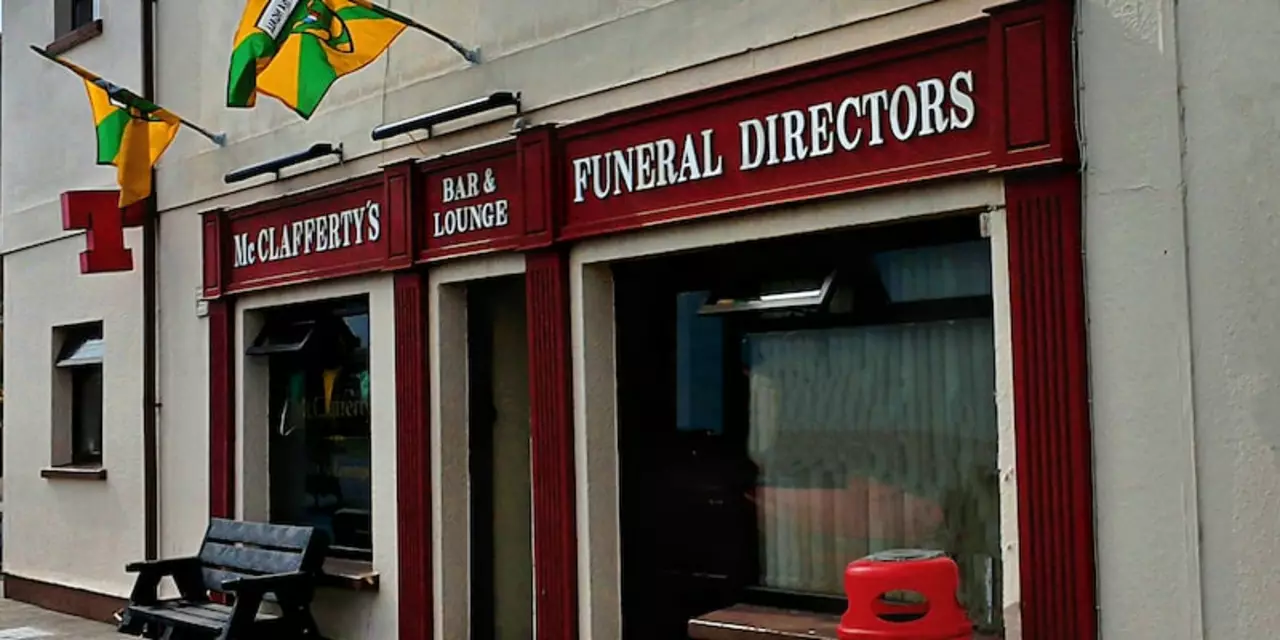Martin Scorsese: The Director Who Redefined Cinema
If you’ve ever wondered what makes a movie feel raw, gritty, and unforgettable, chances are you’ve seen a Martin Scorsese film. From New York street gangs to big‑screen epics, Scorsese’s work sticks with you long after the credits roll. In this guide we’ll break down his signature style, why his mafia movies keep fans talking, and how you can spot a Scorsese classic in seconds.
What Sets Scorsese’s Style Apart?
First off, Scorsese loves movement. His camera often swoops, tracks, or spins to match the chaos on screen. Think of the famous “walk‑and‑talk” in Goodfellas where Henry Hill (Ray Liotta) rides the subway while narrating his rise in the mob. That long, steady shot pulls you right into the story, making the audience feel like they’re part of the action.
Music is another huge player. Scorsese doesn’t just add background tracks; he uses songs as emotional triggers. A 70s rock track might play during a violent showdown, turning a brutal scene into a stylized memory that viewers recall instantly. This mix of visual flair and a killer soundtrack creates a vibe you can’t get from a plain, straightforward film.
Lastly, his stories are wrapped in raw honesty. He shows characters as flawed, contradictory humans—not heroes or villains in black and white. That moral gray‑area is why many fans feel a personal connection, even when the on‑screen actions are shady.
Why Scorsese’s Mafia Movies Still Matter
Scorsese didn’t invent mafia movies, but he turned them into a cultural touchstone. In Mean Streets, a young Scorsese gave us a street‑level look at Italian‑American life, using real locations and locals to ground the story. He moved from that gritty debut to the sprawling masterclass Goodfellas, which basically set the template for modern crime dramas.
What makes his mob films stand out? It’s the blend of personal storytelling and broader social commentary. He doesn’t just show a crew of thieves; he dives into their family ties, loyalty codes, and the American Dream’s dark side. When you watch a Scorsese mob scene, you notice tiny details—a character’s nervous habit, the glint of a wedding ring—everything adds depth.
Another key is the use of voice‑over narration. Henry Hill’s street‑wise monologue in Goodfellas makes the audience feel like a silent partner in the crime. That technique has been copied countless times, but Scorsese’s execution feels natural, not forced.
Even today, new directors reference his work. The camera angles, the music choices, the pacing—these have become industry standards thanks to Scorsese’s influence. Watching his movies gives you a shortcut to understanding modern filmmaking trends.
Ready to spot a Scorsese film on your own? Look for the following clues: a fast‑moving camera, an iconic rock or soul track, a narrator with a street accent, and characters who are more human than heroic. If you see these, you’re probably watching a Scorsese classic.
Whether you’re a longtime fan or just curious, diving into Martin Scorsese’s catalog is like opening a time capsule of American cinema. From the early days of Mean Streets to the recent Killers of the Flower Moon, each film offers a fresh lesson in storytelling, technique, and raw human drama. Enjoy the ride, and keep an eye out for those signature Scorsese touches—you’ll never look at a movie the same way again.
Is Martin Scorsese an overrated director?
Martin Scorsese is one of the most famous film directors of the 20th century, and his films have had a lasting impact on the industry. However, there is some debate about whether or not he is an overrated director. Some believe that he is highly overrated due to his reliance on stylistic techniques and his habit of creating films with convoluted plots. Others argue that Scorsese is an innovative and influential director who has created some of the most iconic films of all time. Ultimately, the debate over whether or not Martin Scorsese is an overrated director is still ongoing.
